Question 1 – In what ways does the media product use, develop or challenge forms and conventions of real media products?
With our media product this year, our film idea seemed to fit the usual conventions of an emotional drama/romance, however the ending to the film where the main character dies seems to go against these media conventions and was something we did to try and surprise the audience with something they weren’t likely to expect.
At a technical level we stuck to the conventions of editing and filming. We were very careful not to break any rules for example, the 180 degree rule, we made sure not to break this because in our film it would have confused the audience, breaking the 180 degree rule only really works in for example, an action movie fight. We also had to be very careful when it came to the 30 degree rule, the rule that the camera angles should change more than 30 degree so that the shot doesn’t jump. We had problems with this near the end of the film where the main character pulls up to help the broke down car, we had problems filming the car approaching and pulling up and managing to get a change in shot that didn’t look jumpy. Luckily we filmed a number of times and got a lot of shots, which we managed to sort through and get some that fit together.
There is one point during the film that we decided to purposely break continuity; this was at the start of the film as the main character is packing his bag. We wanted the start of the film to be quite fast paced and match the music in the background, almost like a music video, therefore we decided it would have been boring to watch him slowly pack his bag and instead cut together shots of him picking up objects and then closing the bag, this used jump cuts on purpose and overall I think made the introduction to the film a lot better and interesting to watch.
Our film mixes a couple of different genres, we started off with the idea of a romance however the film turned out to be more of a drama or an emotional drama, it still has romance elements with the girlfriend back home but overall it is more of a drama. We kept to some of the usual conventions and ideas that people have when they think of drama films, we had a mix between highs and low points for the characters, we have the main character doing his life dream of travelling, only to meet a girl who he seems to have fun with but she turns out to be a con artist and in the end he is killed, leaving his girlfriend back home heart broken. Although it does keep to some of the usual conventions, I feel our film goes against some of the usual ideas, the twist in the story and the character dying is a shock to the audience and it is that original part in the story that sets it aside from other dramas and typical conventions. Also the use of the hand held camera, showing clips that the main character is filming, makes it look slightly like a documentary we found out from audience feedback, this is something else that makes the film different to regular conventions and makes it more original. It could also fit in with Laura Mulvey’s theory of visual pleasure and narrative cinema, which is that the way you watch films gives pleasure, one of the ways she said people get pleasure was scopophilia, looking at someone when they can’t see you. Our film could fit in with this slightly, people may get pleasure from watching through the eyes of what the main character was filming, this is supposed to be a personal video diary so people enjoy the thought of being able to see something that they feel they weren’t supposed to see.
We made no real references to other films in our production, when we were looking for similar films to ours it was hard to find a feature film that was similar. ‘Into the wild’ was the closest film to ours as it focuses on a man travelling but still it didn’t have that many similarities. However we did get the idea to incorporate the hand held video camera after watching a short film on YouTube, the film entitled ‘The Plan’ focuses on a man packing his bags and heading to Vegas, on the way he stops and meets this girl who steals his camera but leaves a photo with her address on. The focus on the camera caught our attention and gave us the idea to incorporate the hand held video camera.
Looking at theories regarding audience pleasure as well as the Laura Mulvey theory I mentioned earlier, there is another theory, on uses and gratifications which looks at why people watch things, what do they get out of it? The gratification that the audience gets from our film is entertainment, and according to Richard Dyer’s theory of entertainment and Utopia there are certain things that make your world perfect, films give people what they need, people get enjoyment of seeing things they don’t have, also you have to accept the film isn’t real to enjoy it. One of his utopian solutions (what keeps us entertained) is ‘Transparency’ which is people being honest, and especially showing their emotions. I feel this is what our film fits into, the characters are realistic characters and the main character recording his journey is very honest when he speaks to the camera, as well as the emotion shown at the end after the girlfriend finds out what has happened.
Overall I feel our film has stuck to some of the common conventions in technical terms and conventions of the genre, however it has also gone against or challenged some conventions, the twist in the story is something that the audience don’t really expect to see. And overall they get pleasure from watching the film because they get to watch something that is realistic due to its honest, believable characters and they get pleasure from getting to see the hand held shots because it is the audience seeing something that could be personal and private.
Question 2 – How effective is the combination of your main product and the ancillary texts?
When we were planning our film and when we were recording and editing it, we have always set off to leave a lasting impression on the audience. This year we wanted to come up with a film idea that wasn't too exaggerated and complicated, instead we wanted to focus more on a simpler narrative, fewer characters to focus on and a story that left an impact on the audience as a believable story that could actually happen in real life. That is why we chose the drama/romance genre, we thought these genres can be quite hard hitting and emotional and wanted to create our own twist on this genre. That is why we also set out to achieve something that does something different and twists the regular conventions that people have, there is no happy ending, the main character dies, we wanted to leave an impact on the audience and make it quite emotional, therefore we wanted to build up believable characters, especially the main character Luke, who the audience are meant to like, he is living out his life dream, and then the twist at the end is supposed to shock and in a way upset the audience. We also wanted to focus less on a complicated storyline so that we could concentrate on getting good shots, in various locations, making it interesting for the audience to watch. I think we reflected some of these in our ancillary texts, in the poster I managed to get across various parts of our film. I had a background of clouds to try and show some of the good shots we have for the film, I then faded the main character and his girlfriend into this background, this shows the audience they are obviously close and that it may be a romance. However one of the main things we did to make our film different was include shots on the hand held video camera of the main character. I felt seem as this plays such a big role in the film it had to be the main part of the poster, that’s half of the poster is taken up by the video camera, this tells the audience that this must play a role in the film, then on the screen of the camera I included screenshots taken from the film which shows the audience some of the great shots we filmed. In the radio trailer I think we managed to get across the main part of the storyline without ruining the end, we also added a voiceover saying things such as ‘top tear jerker’ this lets the audience know that they should expect to be upset. The radio trailer was hard to get across some of the aspects within our film as we focuses a lot on the visuals, but we managed to create something that gives the audience an idea of what the film is about.
Overall I think the two ancillary texts are both good at selling our production. The poster is good at showing off some of the visual accomplishments we achieved in our film, whilst giving an idea of the main characters and what the film may include, for example, the video camera. This could be compared well with the poster I analysed before creating mine, the poster for the film ‘Into the Wild’ (include poster) is very simple, it shows one male character, sat on top of an old bus with his travelling bag. Like my poster it tries to show off some of the scenery and nice visual aids. The radio trailer is good at selling the production not just because it gives a good idea of the storyline for the audience but also because it includes a narrator, including in quotes such as ‘top tear jerker says love film’ is a good way of selling a production because it makes the audience feel like it must be good if someone is saying that. It is done a lot in the media, for example, when DVDs include magazine quotes and ratings. (Include examples) Overall they sell our production well and use techniques that are done frequently in the media to try and sell products.
Question 3 – What have you learned from your audience feedback?
After we managed to get a brief idea for our film, it was important that we considered who our audience would be and what they’d think of the idea. Therefore we created a questionnaire, which asked questions about the types of films they watch, their favourite genres etc. we posted this on a forum and handed it out to around 50 people, from that we got an idea of the films people liked at certain age groups, but to get a real idea of whether people would like our idea we conducted some audience research by interviewing a number of people, all different age and sex, and asking them what they thought of our pitch, and whether they would watch the film. This audience research was very important, and helped us to work out that our target audience was young adults and not just females like we had thought, but also males. After carrying out this research we were happy that people would watch our film and that the idea was good, therefore we went on with our project.
As we had over 300 shots from filming, editing was a very long process; in the end we had a ten minute film that we were very happy with. However to meet the requirement this needed to be cut down, we did cut it down to around 5:30, but we then had a problem with whether the audience would fully understand the narrative. So we decided to trail our film and produce a rough cut, we put this onto YouTube and Facebook, and also showed it to classmates and friends. The feedback we received from that was that the film was really looking good, they all enjoyed it, a few did mention that the storyline wasn’t really easy to follow just because they weren’t sure where the main character was during parts of the film. With this feedback we were able to go back to editing and add in some subtitles, for example saying, ‘Zeebruge’.
We felt this cleared up any issues confusing the narrative and made this our final cut, it was then important to gather feedback from those that mentioned the problems before, they said it was much easier to understand now and that they really enjoyed the film. It was also very important for us to gather more audience feedback on the final product, we again uploaded to YouTube and Facebook to get comments and just as we did for research, we interviewed a group of people after screening them our film. We asked a range of questions, such as whether the characters were believable, whether the music suited the film, if they found the narrative confusing and whether they enjoyed the film. Overall people were very impressed by the film and really enjoyed it, they thought the characters were believable and that the handheld camera shots worked really well, it was good to find this out because they were things we wanted to achieve and if the audience say it works then we achieved it. Audience feedback is crucial throughout the whole process, in planning you can learn what if the audience would watch your film, whilst editing they can give you suggestions of areas that may need improving and finally they can give you a verdict on if the film works and if it is enjoyable to watch, our target audience enjoyed the film, so I feel we have been successful with our project.
Question 4 - How did you use new media technologies in the construction and research, planning and evaluation stages?
Media technologies have been crucial throughout the whole project, we have constantly used technology to help us carry out tasks and create our film. When we first started the project it was clear that we would have to put a lot of work into research to create a good idea for a film. The best resource available for research is the internet; the number of websites available relating to films is endless. The website that we used most for research though was the video sharing website ‘YouTube’, we used this site to watch countless short films, created by professional, amateurs and students who have had similar projects. This site was brilliant for gathering ideas and inspiration for our film. Another site we used a lot was IMDB, the internet movie database; this was very useful for looking at genres of films and examples of films that fit into different genres.
New media technologies were also very important when it came to planning our film; we were able to communicate together as a group through the social networking site ‘Facebook’, using messages and group chats to share ideas and links to resources. We also used the computer to create a questionnaire which would be used to get research into our audience; this was done after we had an initial idea so that we could distribute the questionnaires, created on word, and get feedback to find our target audience. As well as this we also filmed some audience research by interviewing a number of people and recording their answers, for this we used the HDV - 1000 video recorder and we edited the footage together on Final Cut Pro before uploading to YouTube.
http://www.youtube.com/watch?v=pyuhglojCV8
We got the chance to use some quite professional technology when it came to actually filming for our project. The camera we have used was the HDV – 1000, a video camera that allowed us to film in HD giving a very high quality product, also for recording sound we used a Flash Zoom recorder, this enabled us to record sound separate from the camera, meaning there could be further distance between the camera and the actor and the overall sound was a much better quality. We have used both of these a number of times, not just for the main film but also to record audience research and feedback and the Zoom recorder was very good for recording sound for the Radio trailer.
As well as offering very good equipment to film on, the college has a range of software for us to edit on. We imported all our footage to Final Cut Pro, a great piece of video editing software that allows us to cut footage, alter contrasts, sound levels and add effects such as fades and slow motion all very easily. As we had hours of footage we spent a long time on this software and became quite confident using it, as we used it more we tried new things and became more creative whilst using it, we decided to add slow motion into parts and spent a very long time getting a number of different clips to match up in the final scene. Another piece of software we used quite a lot was Adobe Photoshop, image editing software that we used to create, photo storyboards, title sequences, production logos and our movie posters. We used this software a lot for the movie poster and it was very good for using various different images taken on a high quality camera, and cutting different parts from each image to create our posters.
Once the film was finished we were able to use new media technologies again to get feedback on our film, we did this in various different ways, first of all we uploaded the video to YouTube which offers millions of people the chance to view it and leave comments, we also uploaded it to Facebook and sent out links to friends, we got some very positive feedback from comments left on both these sites and we also got feedback of anything we could go back and improve, so this shows that technologies being used to get feedback were always allowing us to keep improving our film. We were also able to film people again, interviewing them and finding out what they thought to the film and whether it could be improved.
There were times when we had problems with technology which is to be expected but it slowed us down a number of times. We had problems with the camera not being able to read tapes, running out of tape space, battery life running out during filming and with the hand held camera a strange blue dot that hovers around in one scene that sadly we couldn’t do anything about. We also had some problems that were down to our own mistakes as we filmed over footage we hadn’t put on the computer, therefore having to re-film a large amount again.
Technology has aided us in every aspect of this project, it has helped us be more creative, and inspiring us to try new things for example the slow motion shots. The internet has been the most useful source for researching and planning our project, allowing us to communicate with each other, share ideas, look for similar films and even finds royalty free music to use as the soundtrack for our film. The high quality equipment we were able to use allowed us to make a film that looked very professional, and the software we had available allowed us to use our imagination and become more creative, not just with the main film but with the radio trailer and poster too.
http://www.jamendo.com/en/
http://www.jamendo.com/en/artist/joshwoodward
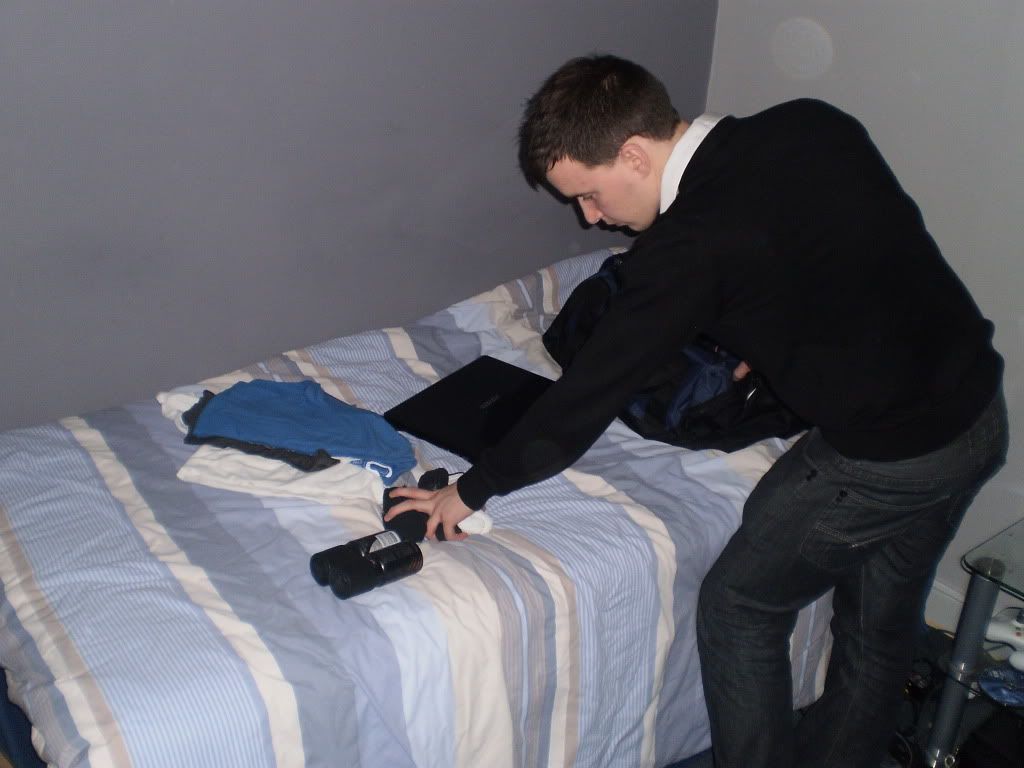

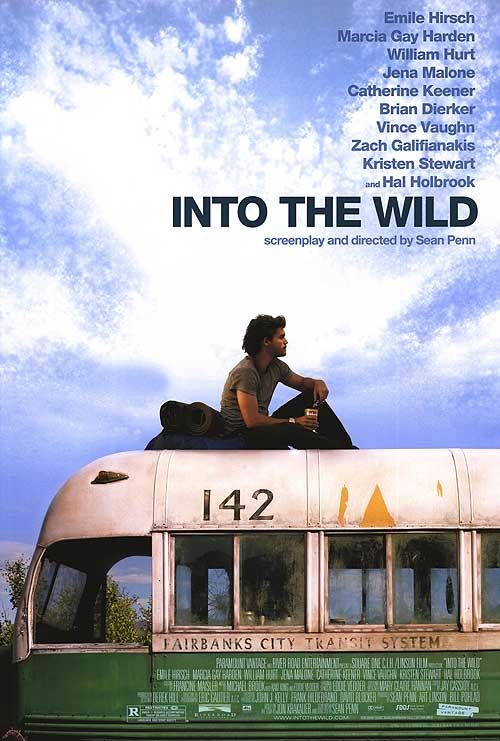
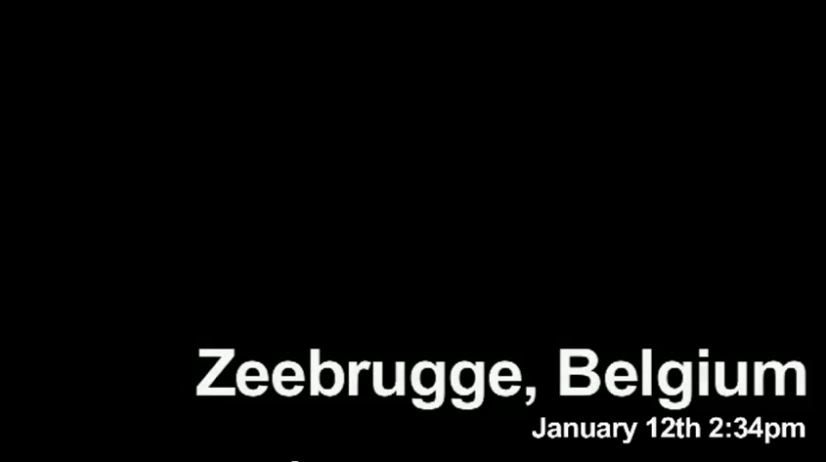
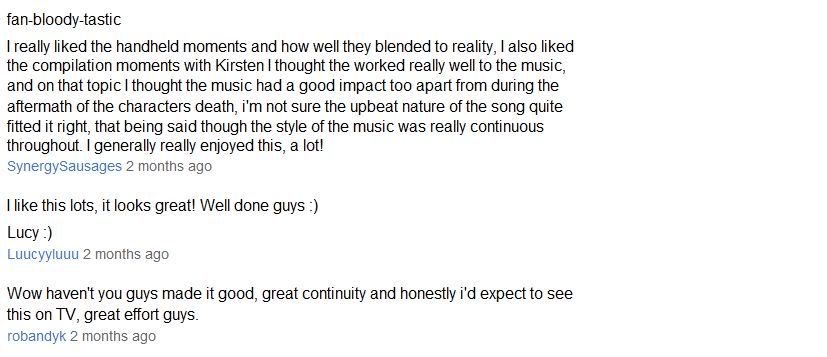

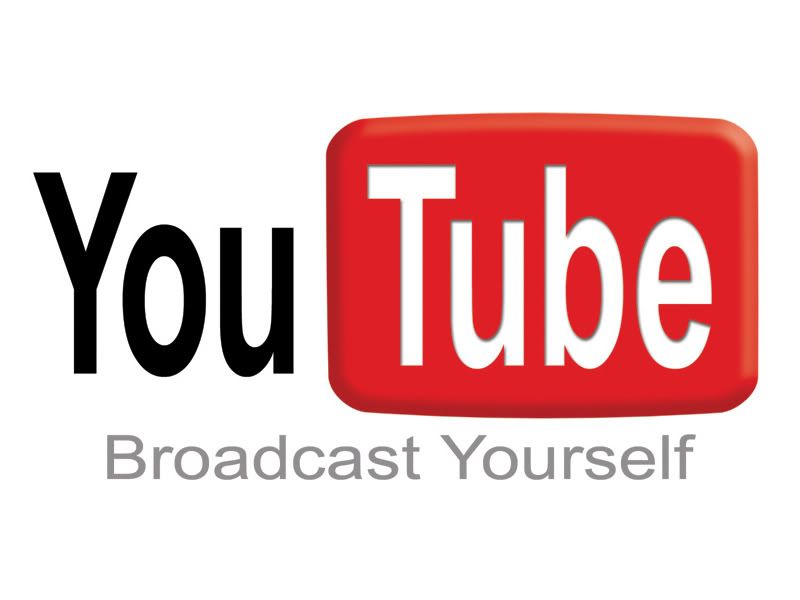
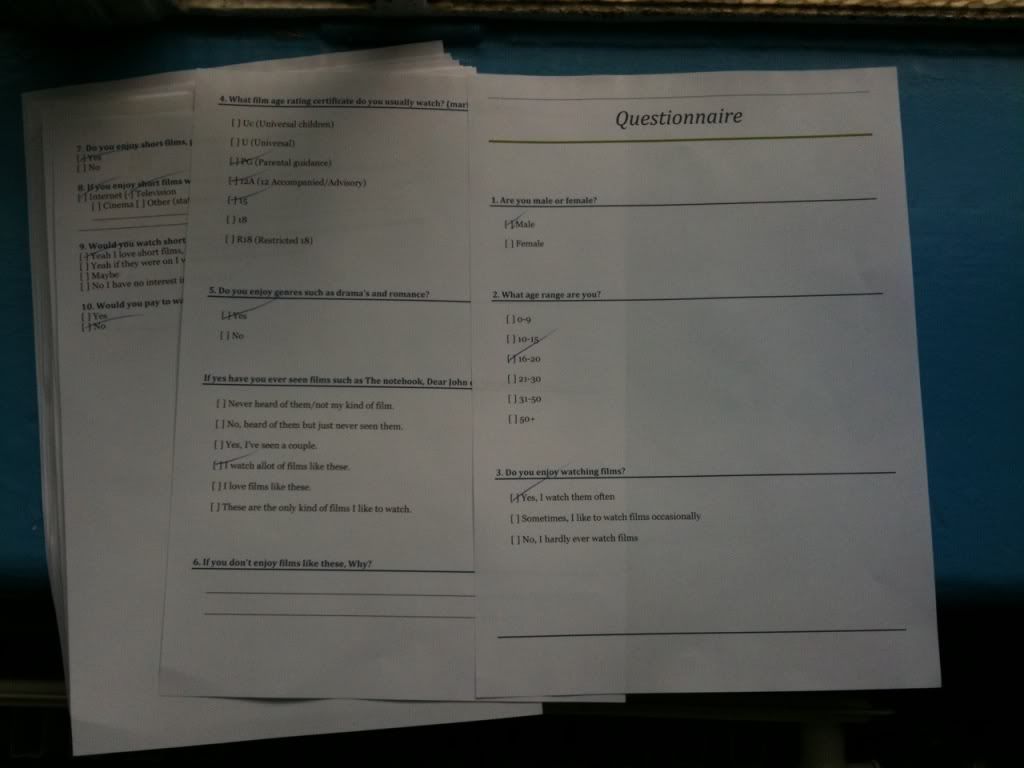


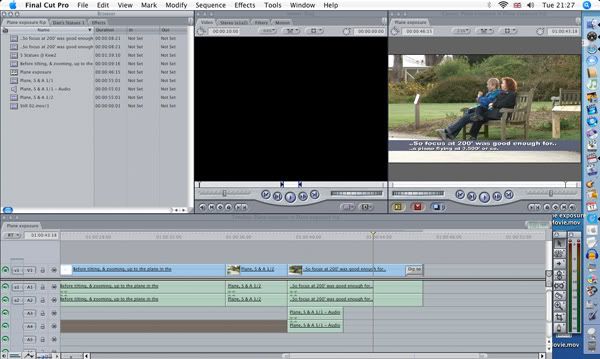







0 comments:
Post a Comment